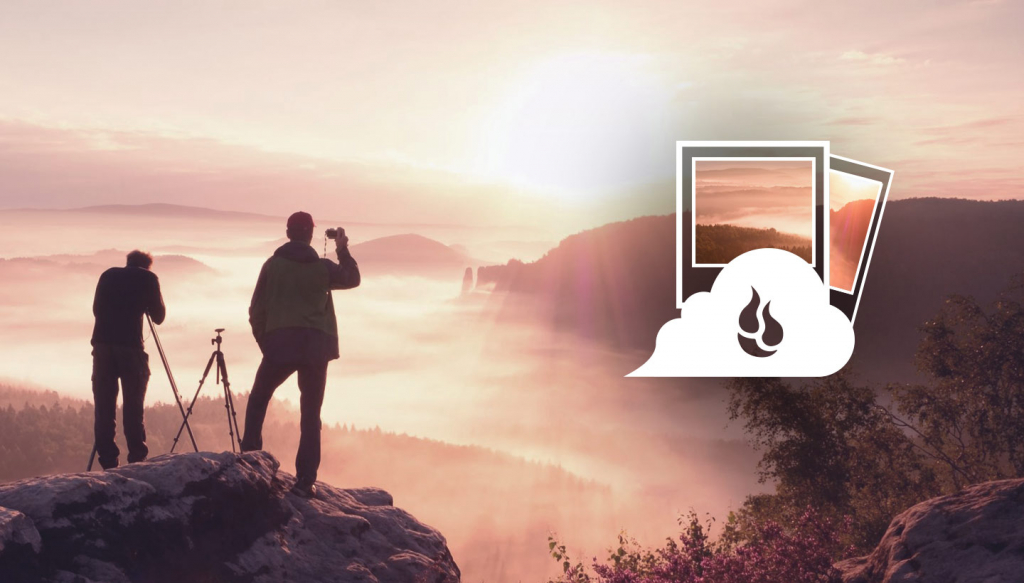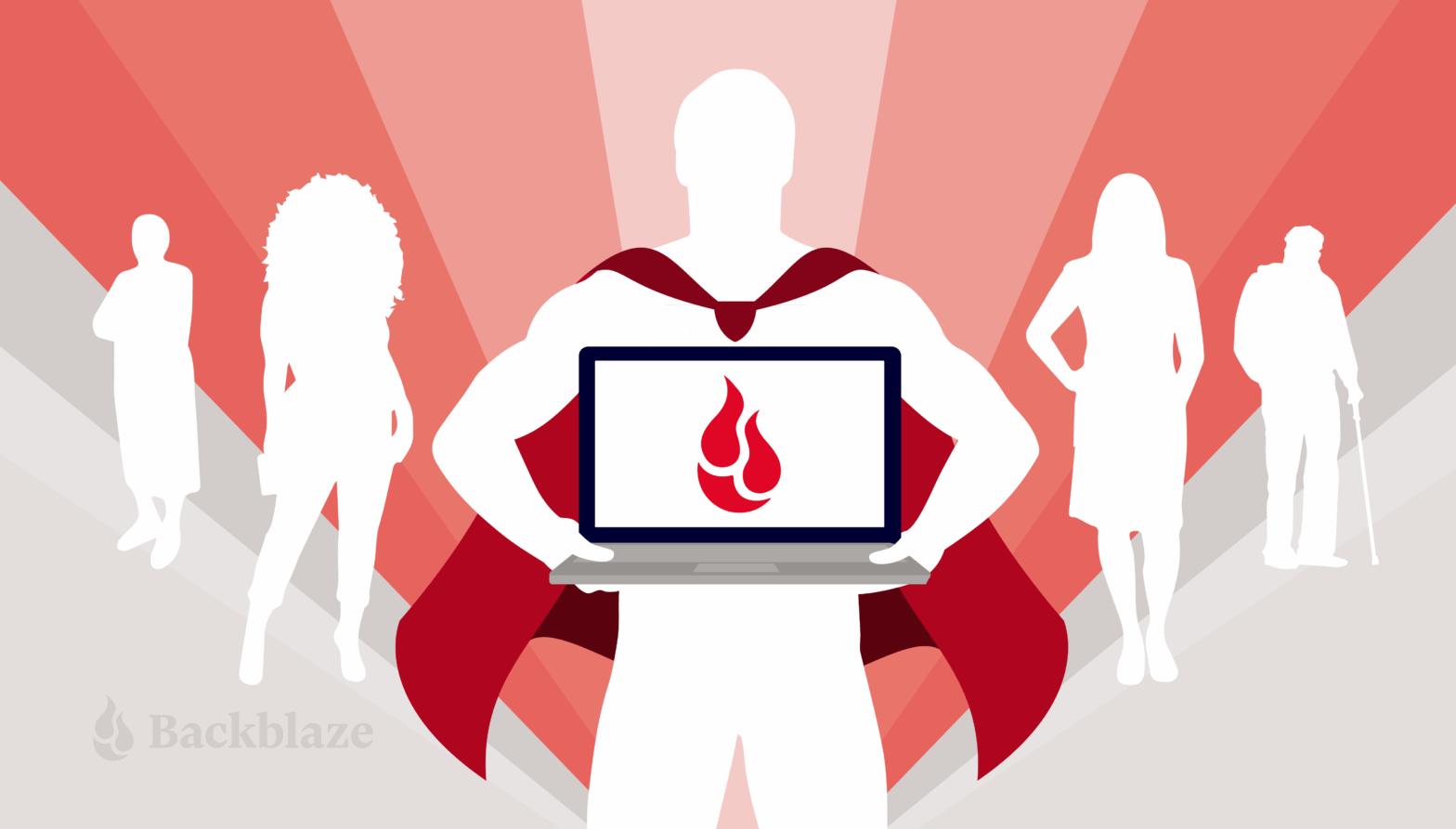Photographers and videographers regularly push the limit of data storage and archiving solutions, especially as camera makers constantly increase megapixel sensor density. Network attached storage (NAS) systems are indispensable to help store these large amounts of data, whether it’s 20-50 megapixel stills or 1080p, 4K, or 8K video footage. Data creep is inevitable. What can you do to get the most out of your NAS and future backup strategy? Enter Backblaze B2 Cloud Storage.
B2 Cloud Storage can help you make sure your archived photos and videos are safe for as long as you need them in a secure off-site location. Backblaze B2 is reliable cloud storage available for a fraction of the price of other cloud storage services: one quarter what you’d pay Amazon. It’s easy to use thanks to a powerful web GUI, an open API, and even a CLI.
Here are some tips to get the most out of Backblaze B2 for photography and videography media storage.
1. B2 Cloud Storage Integrates With Popular NAS Systems
Synology is one of the most popular vendors of NAS systems currently in use in small to medium-sized businesses (SMBs) like many photography and video businesses. If you’re currently using a Synology NAS, you can begin backing up and syncing to B2 Cloud Storage right away. Synology’s Cloud Sync app—available as part of Synology’s DiskStation Manager (DSM) software—supports Backblaze B2.
MSP360 (formerly CloudBerry Lab) is an enormously popular app for backing up Windows Server systems, and it supports B2 Cloud Storage. MSP360 makes a version of its software to support Synology and makes apps for other platforms, too.
2. A Complete Backup Strategy Will Save Your Bacon
“Don’t put all your eggs in one basket.” At this point, if you’re like many of us, you may not even think about backing up your NAS because it has built-in redundancy. If one drive dies, you can rebuild the NAS by replacing it.
But that doesn’t tell the whole story. What happens if the NAS hardware itself bites the bullet? What happens if there’s a natural disaster like a flood, fire, or other calamity that claims the NAS?
To that end, it’s important to avoid relying on any single system, because that makes you dependent on a single point of failure. Make sure your NAS is backed up, and back it up locally before you back it up to the cloud. (It’s what we call the 3-2-1 backup strategy, and it’s worked pretty well for us and our customers over the years.)
3. Store What You Need Online
Taking a hybrid approach to data archival and storage can be a smart way to spread the risk and provide alternate access to your work when in a pinch. Hybrid cloud storage offloads some of what you’ve archived to the cloud. You can leave what you need or what you think you might need immediately in local storage. Offload what you don’t need right away to the cloud.
Cloud access can be a time (and life) saver when you unexpectedly need to access archived projects. You don’t have to hunt for optical media such as CDs or DVDs. And if you’re storing archived content off-site, factor in the cost and time needed to deliver such media. Using a Backblaze B2 cloud repository simplifies and speeds the process greatly. You’ll spend less time finding and restoring projects and more time getting work done.
Worried about backups and archives taking up huge amounts of cloud storage space? Don’t be. Backblaze B2 supports Lifecycle Rules to make it easier to automatically hide and delete older versions of files. Using Backblaze B2’s powerful web interface, you can specify whether to keep all versions of a file, keep only the last version of a file, keep prior versions for a specific number of days, or based on other criteria you specify. Lifecycle Rules can be applied to any bucket you create. (A bucket is a Backblaze B2 file repository, the topmost organizational structure of data stored on B2 Cloud Storage.)
If you’re interested in a pre-built hybrid cloud solution that works with Backblaze B2, check out OpenIO.
4. Use Backblaze B2 to Share Files
With B2 Cloud Storage, you can create public content to share with others with a web-friendly URL. You can share proofs, rough cuts, or other content you’d like to make available to your clients. That means you don’t have to host it locally. So you’re not consuming your own network bandwidth and you aren’t compromising the security of your network to outside users.
Safely contain what you want to share in a public or private bucket. B2 Cloud Storage supports your ability to manage content sharing as you see fit. You can change buckets from public to private with a single click from our web interface.
Our web interface is an easy way to upload content to share with others. We also support many third-party apps including Cyberduck and DropShare. More details are available in our help section: “How Can I Upload to Backblaze B2.”
If you’re concerned about overrunning your cloud storage budget, take comfort that B2 Cloud Storage provides you with data cap and alert management features, so you’ll never be hit with a surprise bill.
Hopefully we’ve given you some ideas of how you can integrate B2 Cloud Storage into your own photography or videography workflow to help ease your archiving burden and make it easier for you to share files securely and safely. Are you a photo or video pro using B2 Cloud Storage? What are your biggest photo or video data storage challenges? Let us know in the comments, and feel free to share other tips and techniques!





